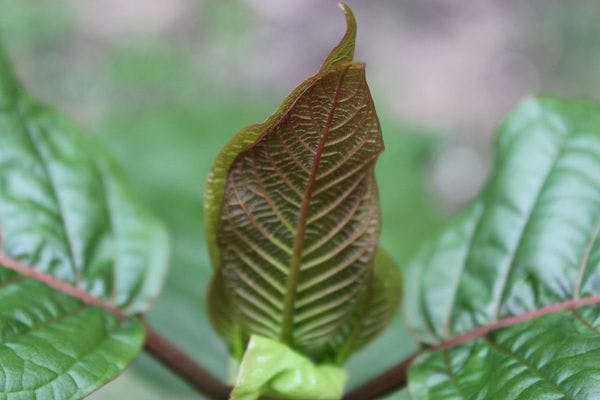Interdire le kratom n’arrêtera pas les usagers et ne résoudra pas la crise sanitaire liée aux drogues – alors pourquoi continuer cette guerre perdue ?
Interdire le kratom entravera la recherche et rien ne suggère que cela réduira les dommages potentiels associés à la plante. Pour en savoir plus, en anglais, veuillez lire les informations ci-dessous.
Abonnez-vous à l'Alerte mensuelle de l'IDPC pour recevoir des informations relatives à la politique des drogues.
While we have seen a surge in new psychoactive substances in recent years, there has also been a rediscovery in the West of old herbal narcotics that have traditionally been used in different parts of the world. One example is khat, the leaves of which are chewed for a mild stimulant effect in some societies in the Horn of Africa – it was banned in the UK in 2014. Another plant to come to the attention of the authorities is kratom, a tropical tree from Southeast Asia that has just been banned by the US Drug Enforcement Agency.
Kratom (Mitragyna speciosa) is a tropical tree that grows between four and 16 metres high and is indigenous to Southeast Asia, the Philippines and New Guinea. Like coca leaves in the central Andes, the chopped fresh or dried leaves of the kratom tree have been chewed for centuries or made into tea to combat fatigue.
The DEA’s ban places kratom as a schedule 1 controlled substance, alongside drugs like cannabis, heroin, MDMA (ecstasy) and LSD. It joins an ever-expanding list of psychoactive drugs deemed to have “no currently accepted medical use” and a “high potential for abuse”. There has been quite an uproar about this among kratom users, although both the arguments for and against lack consistent evidence.
Lire l’intégralité de l’article.
Abonnez-vous à l'Alerte mensuelle de l'IDPC pour recevoir des informations relatives à la politique des drogues.
Thumbnail: ThorPorre, CC BY
